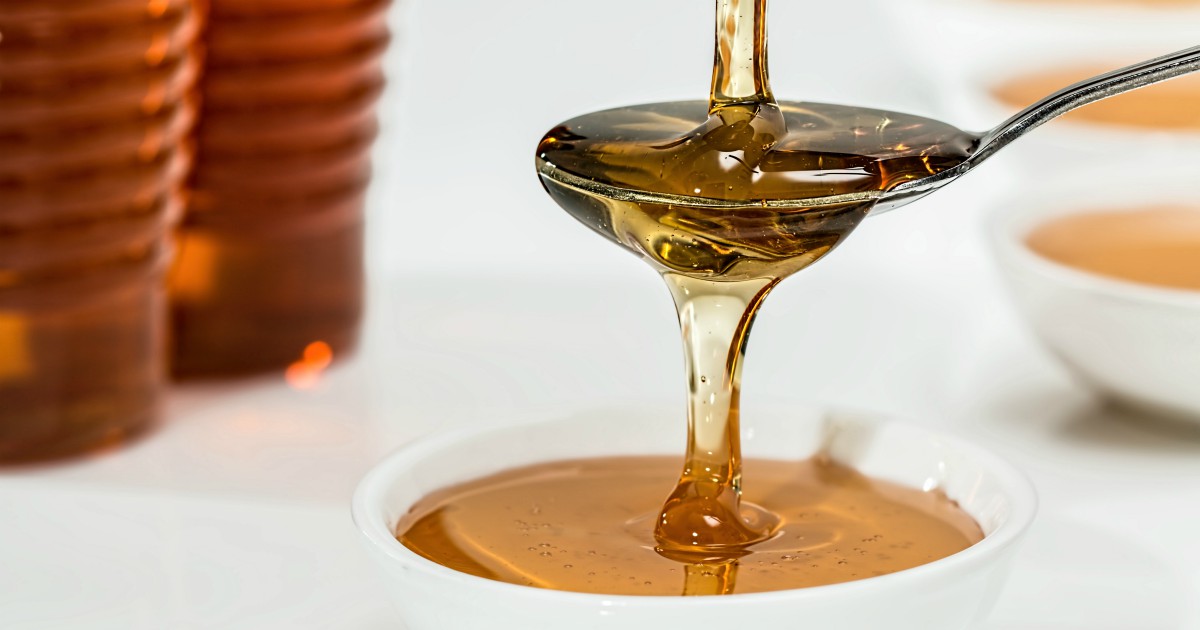The Australian flu? Already starting this December 2022 it is bedridden by thousands of people and it spreads at a high rate among the entire population, according to data found on InfluNet – the Integrated Surveillance Network of the Istituto Superiore di Sanità. Symptoms? Fever, cough, sore throat. “This it is then the ideal time to rediscover the documented scientific properties of the honey food, avoiding overloading the organism only with drugs. Honey, among other things, contains many excellent vitamins of group B and C, and two natural antibiotics, inhibin (or hydrogen peroxide) e germicidin, two substances of the highest level that allow us, when we have a sore throat, mucus and upper airway disorders, to have a nice cup of milk (or other favorite drink) and honey” says Professor George Calabresewell-known television face, professor of Food and Human Nutrition at the University of Eastern Piedmont and President of the National Food Safety Committee of the Ministry of Health.
“And this is a custom that comes to us directly from popular traditions. So those who say to give up grandmother’s remedies are wrong, which are old concepts, given that by now we have antibiotics and anti-inflammatories in general. At this point it is certain that honey has natural bacteriostatic properties, capable of blocking the reproduction of bacteria, but not of killing them”. And he adds. “But if you ask me if pharyngitis can be treated exclusively with honey, I will certainly answer no. The reason? You can help the body when there is still no infection and honey is an excellent dietary measure to strengthen the immune system and relieve symptoms. Food is food, it doesn’t cure but it helps when there is a disease, it helps drugs to have a better therapeutic action”. But according to a very recent scientific work, honey, in particular that of acacia and clover – provided it is not pasteurized – has surprising positive effects on fasting blood sugar and cholesterol. Evidence based on a new systematic review and meta-analysis conducted by University of Toronto scientists of 18 controlled trials involving 1,105 patients.
Ultimately, the team of researchers evaluated the effect of taking 40 g of honey per day (2 tablespoons) on blood sugar, fat and cholesterol. And how was the certainty of the evidence assessed? The GRADE (Grading of Recommendations, Assessment, Development and Evaluation) approach was used, a method that uses a shared, sensitive and transparent approach to improve the evaluation of evidence from scientific literature. “That’s how we saw that honey lowered fasting blood sugar level, total and LDL cholesterol known as the bad one, triglycerides. It also increased HDL known as good cholesterol,” said Tausef Khan, a researcher at the University of Toronto and St Michael’s Hospital. There are even those who, like Professor John Sievenpiper, an expert at the University of Toronto and St Michael’s Hospital stated that “These results show that there is sugar and sugar and therefore the designation of honey should no longer be questioned in dietary guidelines. In the light of these results, the connoisseurs of the ‘blond’ food are ready to say that they have always supported it and that honey should be consumed galore. Professor Giorgio Calabresi takes care of dampening the excesses. “Honey, more correctly the different types of honey, is not a drug but a nutraceutical food, capable of strengthening our cells. “But it’s not true – in this case we are talking about acacia – that it lowers insulin, more simply it makes it produce less because it contains glucose and fructose. Glucose makes it produce, while fructose takes away some of the glucose. Therefore, with equal sugars, it undoubtedly produces less. This is why it is said to lower bad cholesterol. And then 40 g of honey a day is too much, the ideal dose – to avoid excesses – is 16-20 g a day, corresponding to 2 coffee spoons”.
Is that a honey cut? “Definitely no. It is necessary to let the scientific truth pass, and to attribute the qualities it has to honey. It is a food and not a drug. It should be used to sweeten, to spread it on rusks, to take it as it is, to put it in salads, to have a snack at ten in the morning, to take it in the evening, after work or the gym: this is normal. And I would speak of having at least 5 varieties of Italian honey in the pantry. The dark ones (chestnut, fir, linden, honeydew) are good during the cold season because they are rich in anthocyanins and polyphenols which keep cells young and restore them. And then there are many others, given the botanical richness of Italy. Bees and beekeepers work to make us eat wonderful honeys, such as acacia, dandelion, orange, ivy, clover, wildflower, etc.”.
Article by Massimo Ilari
